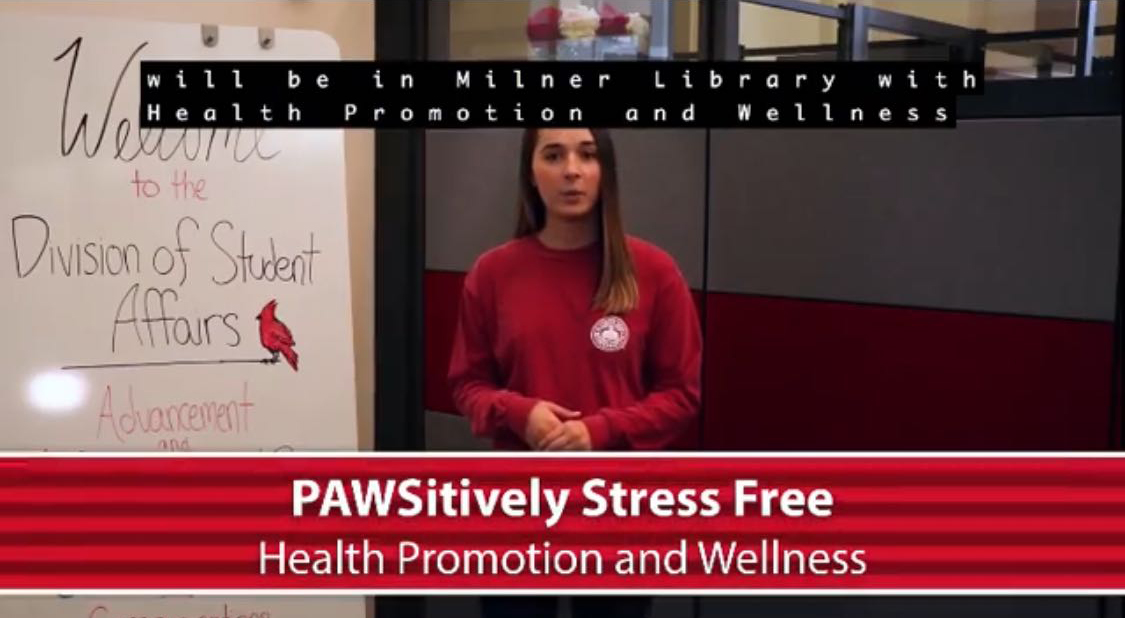Accessibility
Captioning Videos
Last modified 1/8/2024
Closed captioning is primarily designed to provide a textual representation of the audio content in a video, including dialogue, sound effects, music descriptions, and other relevant audio cues. Closed captions are intended to assist people who are deaf or hard of hearing in understanding the audio information provided in a video.
There are several reasons why captions are important for videos:
- Accessibility: Captions provide access to the video content for people who are deaf or hard of hearing. By providing captions, the video becomes accessible to a wider audience, including those with disabilities.
- Comprehension: Captions can help viewers better understand the content of the video. This is particularly helpful when the audio quality is poor, or when the speaker has an accent or speaks a language that is not the viewer's first language.
- Searchability: Captions make it easier to search for specific content within a video. Search engines can use the text in the captions to index the video, making it more discoverable.
- Retention: Captions can improve viewer retention of the content. Studies have shown that viewers who watch videos with captions retain more information than those who watch without captions.
- Multitasking: Captions allow viewers to watch the video while doing other tasks, such as working or studying, without needing to turn up the volume. This can be particularly useful in situations where noise is not appropriate, such as in a library or public transport.
By including captions in videos, creators can improve the overall viewing experience for their audience. When creating captions for your video be sure to use correct spelling and punctuation. You have two types of captioning options available: closed captions or open captions.
- Closed captions can be turned on and off at the will of the viewer. Closed captions are the preferred type of captions because this type allows people the option to choose whether or not to view the captions. YouTube, Facebook, and Vimeo video players have closed captioning options available. The closed captioning icon (CC) typically appears in the video player controls when closed captions are available.
- Open captions are burned into the video and will always show on the video screen. Though open captions are not ideal, use this type if closed captioning is not available.
What is the Difference Between Captions and Subtitles
Closed captioning is designed for accessibility purposes and provides a textual representation of the all audio content, including sounds heard on and off screen, while subtitles subtitles are primarily intended for viewers who can hear the audio but may have difficulty understanding the language being spoken, such as in foreign films or videos with accents or dialects.
Common Captioning File types
- .srt – SubRip file (Facebook, Amara, YouTube, Vimeo)
- .vtt – Webvtt (Office 365, Vimeo)
.txt – text file (YouTube)
Captioning Resources by Tool
- Zoom Video Conferencing Tool
- Canvas and Canvas Studio
- Zoom Video Conferencing Tool
- Google Chrome
- YouTube
- ScreenPal (Formerly Screencast-O-Matic)
- Video Transcribing
To help make the captioning process faster, you may choose to create a transcript of your video.
- 3rd Party Captioning Services
Captioning Checklist
- Use one or two lines of text
- Limit lines to 32 characters or less, including spaces.
- Caption the speaker's exact wording, including slang and grammatical errors
- Caption sound effects that contribute to video's content
- Use both upper and lowercase letters
- Synchronize captions
- Ensure high contrast between the text and background
In My Own Words
Meet Jordan who relies on captioning for videos.
Resources for Captioning
Feedback
To suggest an update to this article, ISU students, faculty, and staff should submit an Update Knowledge/Help Article request and all others should use the Get IT Help form.
